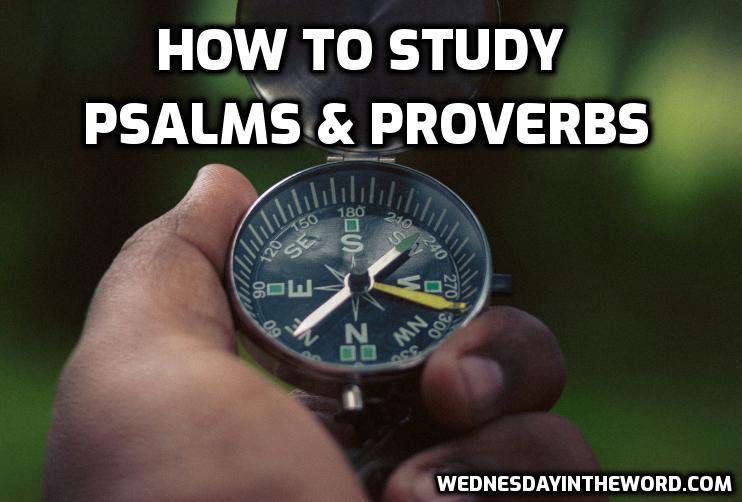Bottom line: Hebrew poetry “rhymes” ideas more than sounds. Learn to see parallelism, trace the movement of thought, and then respond in prayer and life.
What makes Hebrew poetry different?
- Parallelism = idea rhyme. Lines echo, advance, contrast, or complete each other. Don’t look for end-rhyme; look for how the second line relates to the first.
- Compressed language & imagery. Expect metaphor, picture-words, and compact statements that unfold across stanzas.
Common patterns of parallelism
In parallelism two related lines are juxtaposed to suggest one unified statement. The kinds of relationships between the parallel elements are potentially as many as the ways any two things can be related. Some of the most common:
- Synonymous: second line restates the first in fresh words.
- Antithetical: second line contrasts the first.
- Synthetic/Step: second line advances or completes the thought.
Pro tip (from Understanding Hebrew Poetry): sometimes pairs form a merism (two extremes that mean “the whole,” like “morning…evening”). Look for the bigger idea, not just the parts.
The main Psalm types (and why you care)
Roughly three-quarters of the Psalms are lament, thanksgiving, or praise—each with a typical flow. Knowing the form keeps you from cherry-picking a line out of place.
- Lament: complaint → request → confidence/praise.
- Understanding Psalms of Lament
- Thanksgiving: problem remembered → God’s rescue → public thanks.
- Understanding Thanksgiving Psalms
- Praise (hymn): Call to praise → Cause for praise (who God is/what He’s done) → Renewed call
- Understanding Praise Psalms
A simple 5-step method for any Psalm
Step 1:Read the whole Psalm out loud
Identify the type. Listen for repeated words, pivots (“but,” “yet”), and stanza breaks.
Step 2: Map the parallelism
For each couplet or triplet, identify the relationship (synonymous / antithetical / synthetic). Look for the flow of thought and how ideas are related.
Step 3: Identify the form & movement
Ask: is this lament, thanksgiving, or praise? Where does the tone shift? Slot the lines into that form so you follow the Psalmist’s argument, not just your mood.
Step 4: Summarize the big idea in 1–2 sentences
State what the Psalmist says about God and the right response. (Your Psalms series intro and “How to Study the Psalms” walk this discipline out.)
Step 5: Pray and practice
Turn the big idea into prayer. Name one concrete way you’ll live it this week. (Your Read the Psalms in 30 Days plan is a great lab to practice daily.)
Wisdom Books
Proverbs: short, highly parallel sayings. Read in clusters (topic sections), check antithetical lines, and remember genre: proverbs are wise norms, not iron-clad promises.
Proverbs Bible Study Resources
Ecclesiastes: watch for contrasting perspectives and key refrains (“under the sun”).
Ecclesiastes Bible Study Resources
Song of Solomon: lyric dialogue and imagery; follow speakers, scenes, and recurring motifs rather than forcing allegory.
Song of Solomon Bible Study Resources
Common Mistakes
- Looking for rhyme instead of logic. Hebrew poetry moves by thought-pairs, not sound-pairs.
- Pressing every detail woodenly. Note figures of speech; ask what the image does in context.
- Quoting a single line without the form. Always check where you are in the lament/thanksgiving/praise structure before applying.
- Forgetting authorial intent. Let clear lines inform opaque ones (Scripture clarifies Scripture), but keep the Psalmist’s own flow primary.
Try it now (10-minute lab)
- Pick a short Psalm (e.g., 13, 23, or 131).
- Read aloud; mark stanza breaks.
- Label parallelism in three couplets.
- Identify the form (lament/thanksgiving/praise).
- Write a 1–2 sentence big idea; pray it back to God.
Keep Learning
- How to Study Epistles: full step-by-step (see Step 5 on cross-references)
- Bible Study Starter Kit : 10 Rules, 5 Questions, and 5-Step Method
- Tools: dictionaries, encyclopedias, concordances & more.
- Bob Smith’s Basics of Bible Interpretation: a free, beginner-friendly primer
- Psalms Commentaries & Sermons
- Bible Study 101: Reading List
Photo by Dhilip Antony on Unsplash
Page Views: 77
